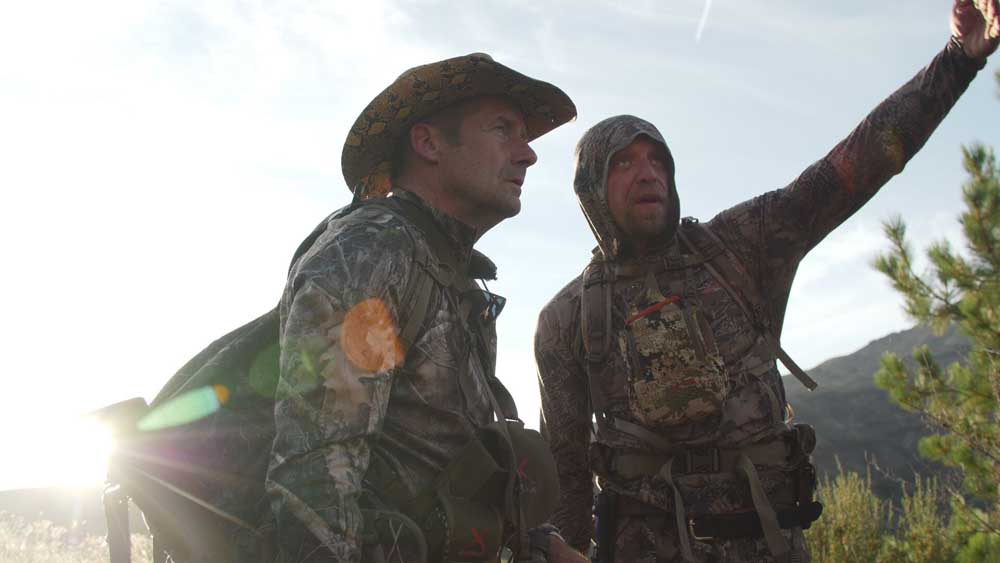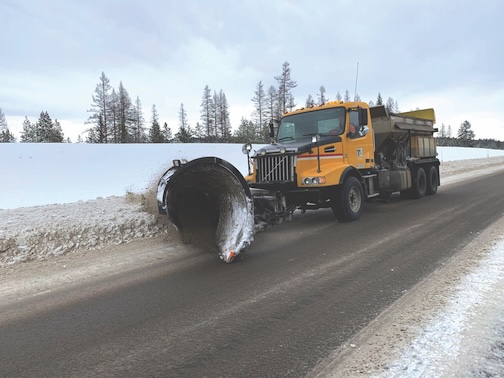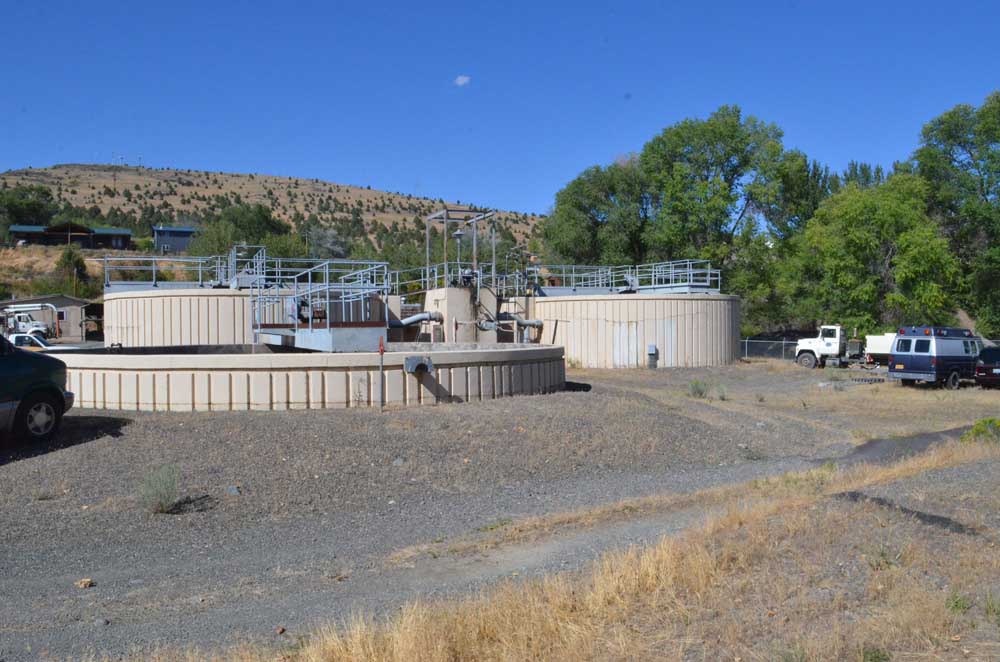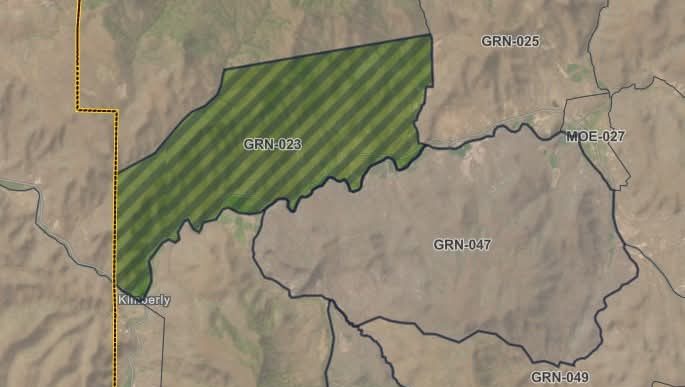HUNT GUIDE: Late summer a good time for bear hunting in Oregon
Published 11:00 am Thursday, August 26, 2021

- Lucas Simpson, right, and Gary Lewis plan a final mountain climb on a warm-weather bear hunt in 2019.
I imagined the trickster called the bear out before dark.
Trending
Six fingers from going away, the sun was at my back — an hour before sunset — but it would be dark before then in this cedar swamp. Coming off the lake, the breeze was so light it did not riffle the leaves of the alders.
Still, I had a glimpse of what the future held. The weather forecast told of wind and rain for the next five days, the kind of weather in which it is hard to see a bear. This first evening would be the best opportunity.
A flap of wing announced the arrival of a single raven. A dark songbird with curved beak and glossy feathers, it settled upon the limb of a cedar and spoke in guttural soliloquy, a series of trills, soft croaks and warbles, sounds like two 45-pound plates knocked together. After a few minutes it fell silent, then flew off above the tree tops.
Trending
Rays from the last of the evening’s direct sunlight filtered into an opening of green vegetation. The raven flew; and where there had been verdure now there was black.
Soundless, the bear seemed to materialize out of the green of the moss. It stopped, moved, stopped again, tested the wind. Black hair rippled. A brown muzzle. Ears set a bit wider on its head. A fat, compact body. It tested the wind again.
Twenty paces away now, it circled behind the bait, its head on a swivel, nose in the air. It continued to walk a half-circle from right to left and then, out behind the trees, it turned and walked the other direction, back the way it came. Never once did I hear a sound.
Stillness. Calm before the winds and rain due on the morrow.
We wait sometimes for years for moments like this, when out of the stillness, a bear steps from shadow to shadow. Now the bear was gone. Minutes passed.
Then in the same spot where it first appeared, the bear appeared again. Sixteen paces from my stand. With the rifle up, the scope dialed down to 3X, the crosshair glowed red against the black of the bear’s bulk. I thumbed the three-position safety to “fire.” The bear turned broadside and I touched the trigger. Three pounds of pressure.
By some luck of geometry, the anchor point on my left palm and cheekweld, the image in the scope held steady through recoil and I saw the bear snap at its shoulder and crash away through the cedars, through the moss and the tannic pools at the roots of the trees.
In the dark we packed the bear to the road and at camp sharpened knives and skinned it out in the open air under a string of incandescent lights.
In Oregon, a bear hunter can draw a tag for the two-month spring hunt and get a second tag for the five-month fall bear season. My favorite time of the season is Aug. 15 through the second week of September, when berries are ripe and apples, pears and plums hang heavy in forgotten orchards.
Hunt bear for what it provides. Not only the meat — the burger, the steaks, the ribs — but a hide, a pelt or a rug and the claws and the skull, all of which can be preserved in one way or another to remember the moment, the animal.
One of the things we should preserve is the grease from the bear.
Put a block of the good, clean white fat in a pot and cook it on low until it turns to oil. Skim the cracklings off the top and pour the grease through cheesecloth or clean game bag fabric. I like to strain it four times. Now the fat is ready to freeze for future use for pie crusts, biscuits and doughnuts. Be sure to pick apples or berries after the bear hunt. There is nothing better than apple pie with a bear grease crust.
Bear grease can be used in healing salves, in hair and to treat leather. I use it to lube muzzleloader barrels. And save the cracklings for trickster raven.









